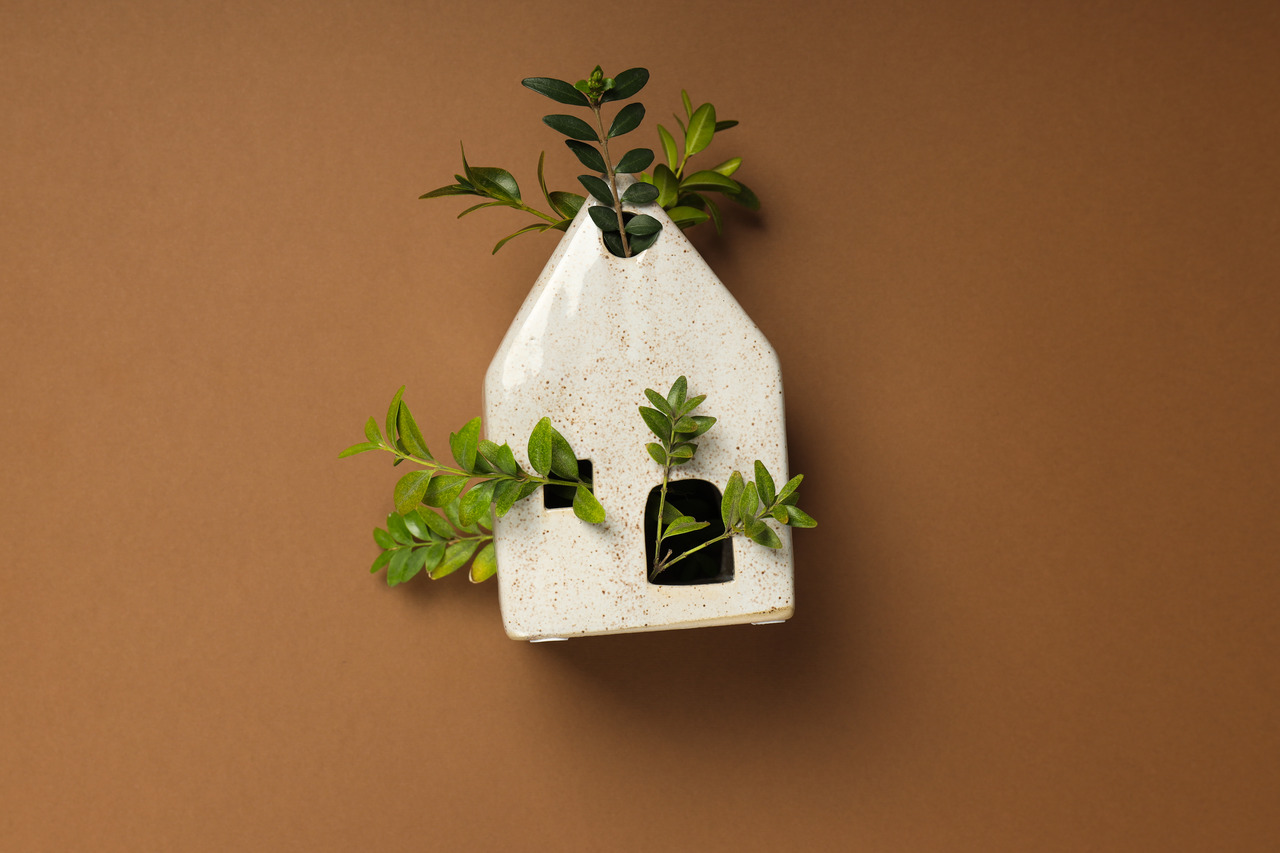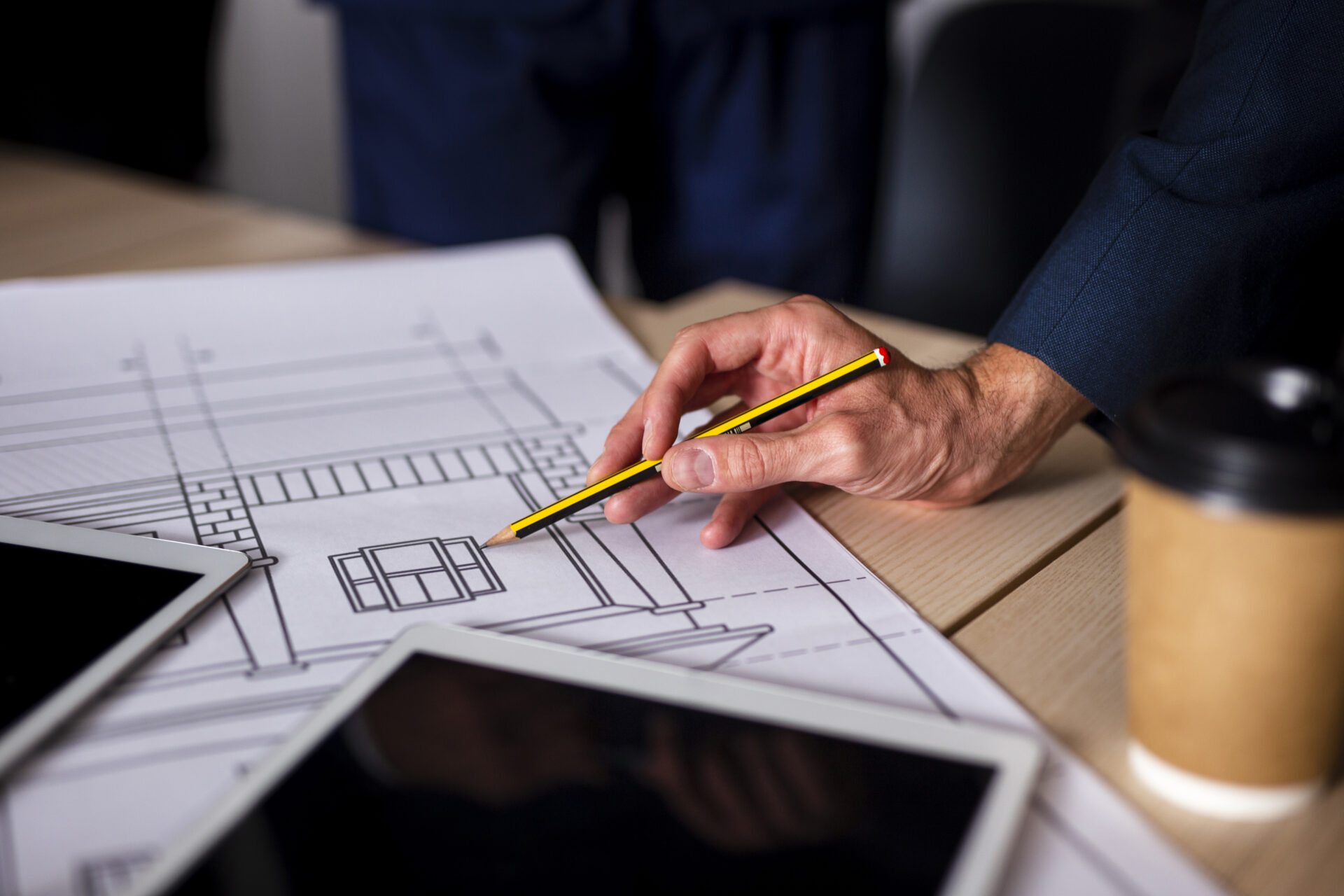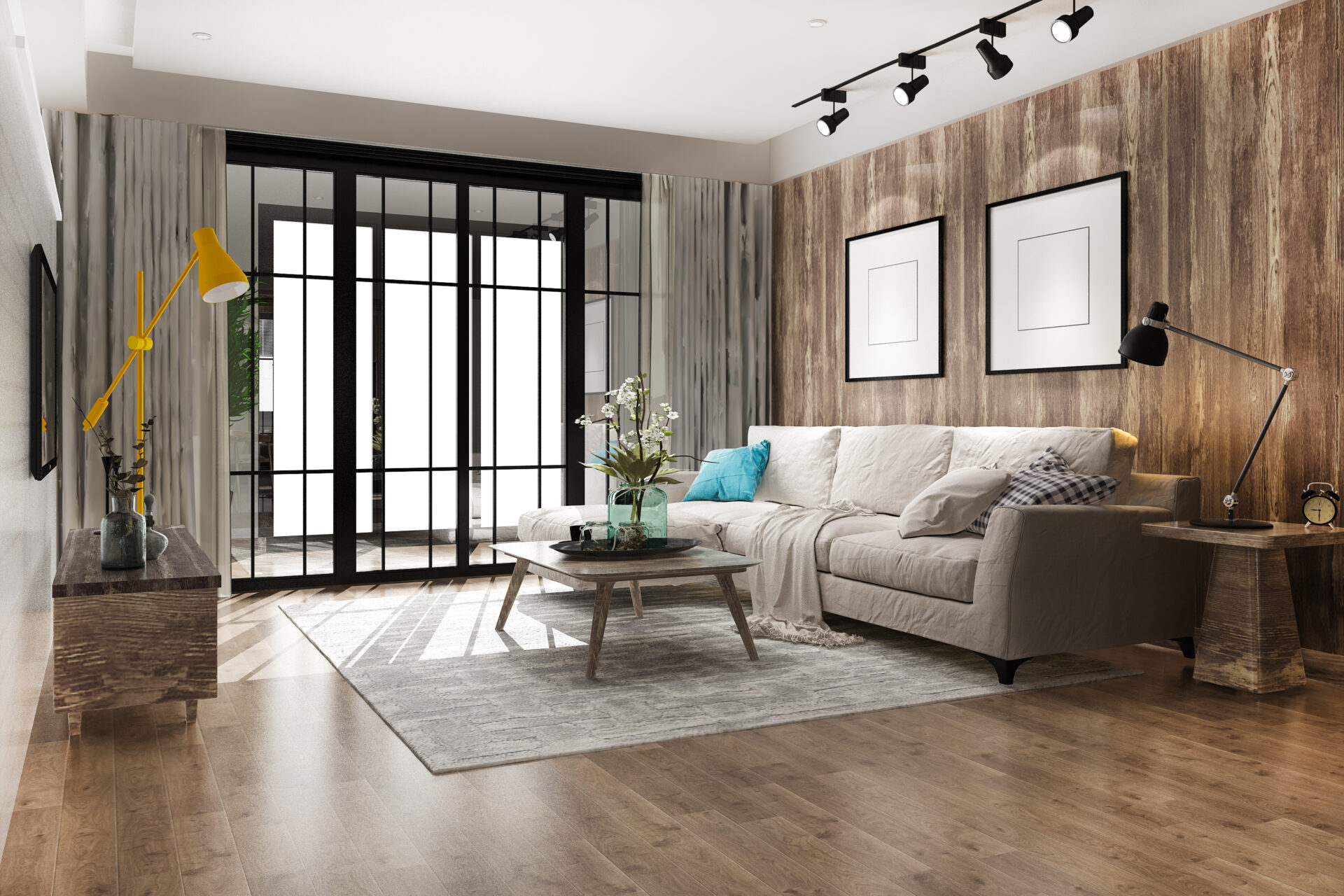
What You Need For A Successful & Sustainable Home Renovation
Contact UsIntroduction
In an era where environmental responsibility is paramount, sustainable home renovation has become a crucial aspect of home improvement in the UK. This approach not only supports ecological preservation but also offers long-term cost savings and enhanced living comfort. This detailed guide will walk you through the essentials of a successful and sustainable home renovation, ensuring your project aligns with eco-friendly principles while achieving the desired aesthetic and functional results.
1. Understanding Sustainable Renovation
Sustainable home renovation transcends the mere use of eco-friendly materials. It’s an all-encompassing approach that involves understanding the life cycle of materials, the energy efficiency of appliances, and the overall carbon footprint of your project. It requires a shift in perspective, considering not just the immediate impact of your renovation but its long-term effects on the environment and your living space. This approach includes thoughtful planning, a deep commitment to reducing environmental impact, and an investment in high-quality, durable materials that stand the test of time.
2. Conducting an Energy Audit
An energy audit is a detailed assessment of your home’s current energy use and a pivotal first step in any sustainable renovation. It helps identify weak spots in your home’s thermal envelope – areas where you might be losing heat or cool air. These typically include inadequate insulation, air leaks around doors and windows, and inefficient heating and cooling systems. By pinpointing these areas, an energy audit can guide your renovation decisions, ensuring that improvements target energy conservation and contribute to significant reductions in heating and cooling costs.
3. Choosing Eco-Friendly Materials
The heart of a sustainable renovation lies in the choice of materials. Sustainable materials are those that have a minimal environmental impact in their production, use, and disposal. These include rapidly renewable resources like bamboo and cork, reclaimed or recycled materials such as repurposed wood or recycled glass, and locally sourced materials that reduce transportation emissions. When selecting paints and finishes, opt for low or zero volatile organic compounds (VOCs) options to improve indoor air quality. The goal is to create a healthy living environment that’s as kind to the planet as it is to its inhabitants.
4. Prioritising Energy Efficiency
Improving your home’s energy efficiency is a cornerstone of sustainable renovation. This can encompass a range of upgrades from installing double or triple-glazed windows to reduce heat loss, to integrating renewable energy sources like solar panels to decrease reliance on fossil fuels. Insulating your home properly, choosing high-efficiency HVAC systems, and installing smart thermostats can dramatically reduce your home’s energy consumption, thereby lowering your carbon footprint and utility bills.
5. Water Conservation Measures
Water is a precious and often scarce resource, making its conservation a critical element of sustainable renovations. Techniques include installing water-efficient appliances like dishwashers and washing machines, low-flow showerheads, and dual-flush toilets. For outdoor spaces, consider rainwater harvesting systems to collect and use rainwater for gardening. These measures not only save water but also reduce your water bill and the energy used in heating water.
6. Reducing Construction Waste
Sustainability extends to minimising waste during the renovation process. Plan to salvage and repurpose as much existing material as possible. For new materials, choose those with minimal packaging and that are sustainably sourced. When disposal is unavoidable, opt for recycling over landfilling. This approach not only reduces the environmental impact of your renovation but also often uncovers unique, character-rich materials that can add a special touch to your home.
7. Incorporating Green Spaces
Green spaces are vital for sustainable living, contributing to better air quality and overall well-being. In your renovation, consider integrating living walls, indoor plants, or a green roof. These not only beautify your space but also improve air quality and provide natural insulation. For outdoor areas, native landscaping can create a beautiful, low-maintenance garden that supports local biodiversity.
8. Sustainable Lighting Solutions
Lighting plays a critical role in the look and feel of your home. Opt for LED bulbs, which are more energy-efficient and have a longer lifespan than traditional bulbs. Smart lighting systems that adjust brightness based on natural light levels can further reduce energy consumption.
9. Smart Home Technologies
Smart home technologies can greatly improve the sustainability of your renovation. Automated systems for heating, lighting, and water usage can help optimise energy consumption, making your home more efficient and reducing your environmental footprint.
10. Planning for the Future
When undertaking a sustainable renovation, think long-term. Choose solutions that are adaptable and can evolve with emerging green technologies. This foresight ensures that your home remains eco-friendly and efficient for years to come, safeguarding both your investment and the environment.
Conclusion
Sustainable home renovation requires a commitment to eco-friendly practices and thoughtful planning. By following these steps, you can ensure that your renovation project not only enhances your living space but also contributes positively to the environment. Remember, a sustainable home is not just a trend—it’s a lifestyle choice that benefits you and the planet.
Ready to start your sustainable home renovation journey? Contact us for expert advice and embrace a greener way of living.




